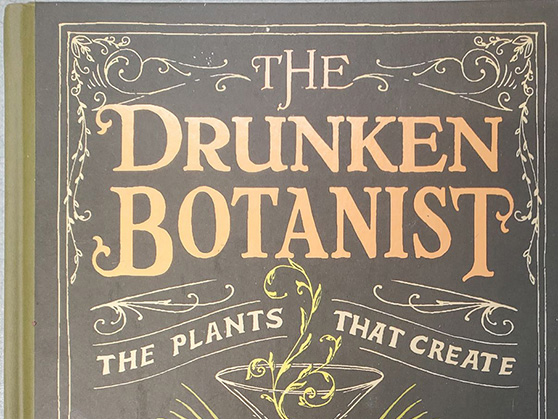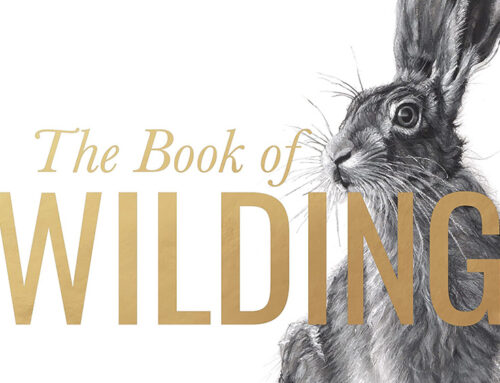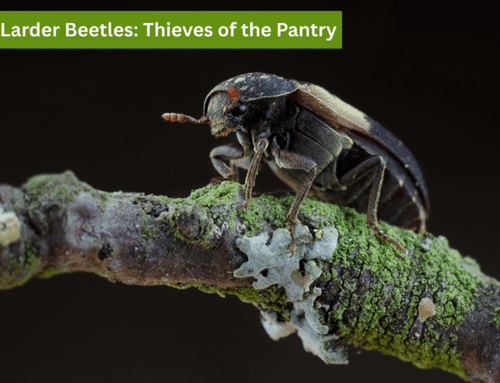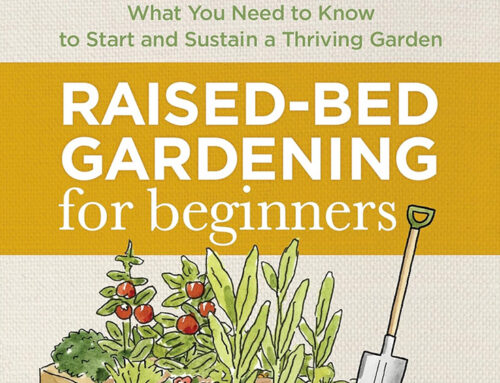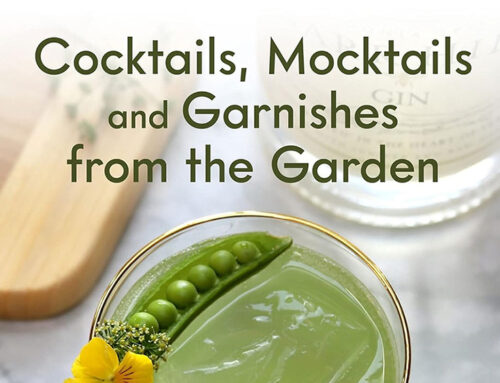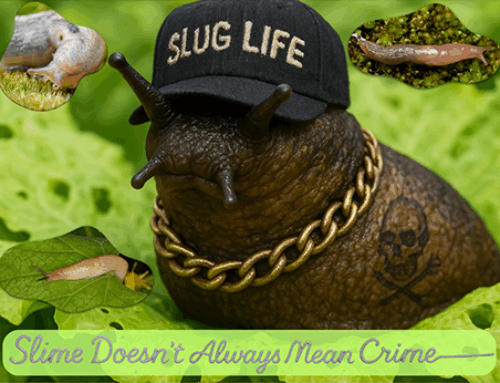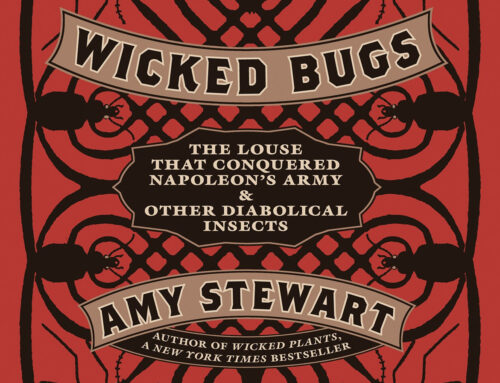Book Review: The Drunken Botanist
Reviewed by Brett Kerley
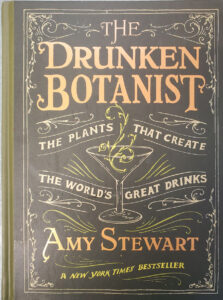 Stewart, Amy The Drunken Botanist: The Plants That Create The World’s Great Drinks. Chapel Hill, N.C. : Algonquin Books of Chapel Hill, 2013. ISBN: 978-1616200466
Stewart, Amy The Drunken Botanist: The Plants That Create The World’s Great Drinks. Chapel Hill, N.C. : Algonquin Books of Chapel Hill, 2013. ISBN: 978-1616200466
The Drunken Botanist was given to me a little over 10 years ago, not long after it was first published in 2013. It became a New York Times bestseller and it doesn’t disappoint. It’s a fascinating exploration of the intricate relationship between botany and mixology. Combining meticulous research with an engaging narrative style, Amy delves into the plant origins of the spirits, liqueurs, wines, and beers that have shaped cultures and traditions for centuries. This book is not just for cocktail enthusiasts; it’s also a treasure trove for gardeners, history buffs, and anyone curious about the natural world’s connection to human creativity.
A Unique Blend of Science and Storytelling
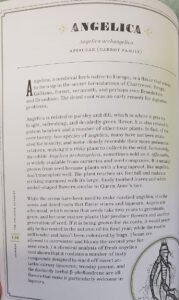 One of the standout qualities of The Drunken Botanist is its blend of science and storytelling. Amy breaks down the complex processes that transform plants into alcohol, explaining everything from fermentation to distillation in a way that is accessible and intriguing. Each chapter introduces a different plant or group of plants, grains, fruits, herbs, and spices, shedding light on their historical, cultural, and biological significance.
One of the standout qualities of The Drunken Botanist is its blend of science and storytelling. Amy breaks down the complex processes that transform plants into alcohol, explaining everything from fermentation to distillation in a way that is accessible and intriguing. Each chapter introduces a different plant or group of plants, grains, fruits, herbs, and spices, shedding light on their historical, cultural, and biological significance.
For instance, the humble agave takes center stage in the discussion of tequila and mezcal. Amy explains the labour-intensive process of harvesting and roasting agave hearts and delves into its historical significance for the indigenous peoples of Mexico. Similarly, juniper’s role in gin production is explored alongside its medicinal uses and its symbolic presence in folklore.
The Drunken Botanist is a Journey Through Global History
The Drunken Botanist is also a historical odyssey, tracing the evolution of spirits and their cultural significance. Amy examines how different societies discovered and refined alcohol production, from the ancient Mesopotamians fermenting barley to the colonial-era Europeans cultivating sugarcane for rum. The book highlights how the global trade of spices, fruits, and grains shaped the flavours of alcoholic beverages and the societies that consumed them.
Notably, Amy does not shy away from addressing the darker aspects of this history, such as the role of slavery in sugarcane cultivation and the environmental impact of large-scale agricultural practices. By including these perspectives, she provides a well-rounded view of the industry’s legacy.
In Conclusion
Amy Stewart’s wit and curiosity shine through on every page, making The Drunken Botanist an enjoyable read for a wide audience. Her ability to make science approachable and history engaging is a testament to her skill as a writer. Whether you’re a seasoned mixologist, an amateur gardener, or simply someone who enjoys a good story, this book offers something for everyone.
By the end of The Drunken Botanist, you’ll likely find yourself looking at your favorite drink in a new light, appreciating the centuries of knowledge and the natural world’s bounty that made it possible. Amy Stewart has crafted a work that is equal parts informative and entertaining, a must-read for anyone with a passion for plants, history, or the art of a well-made drink. I can’t wait to read more of Amy’s books.

